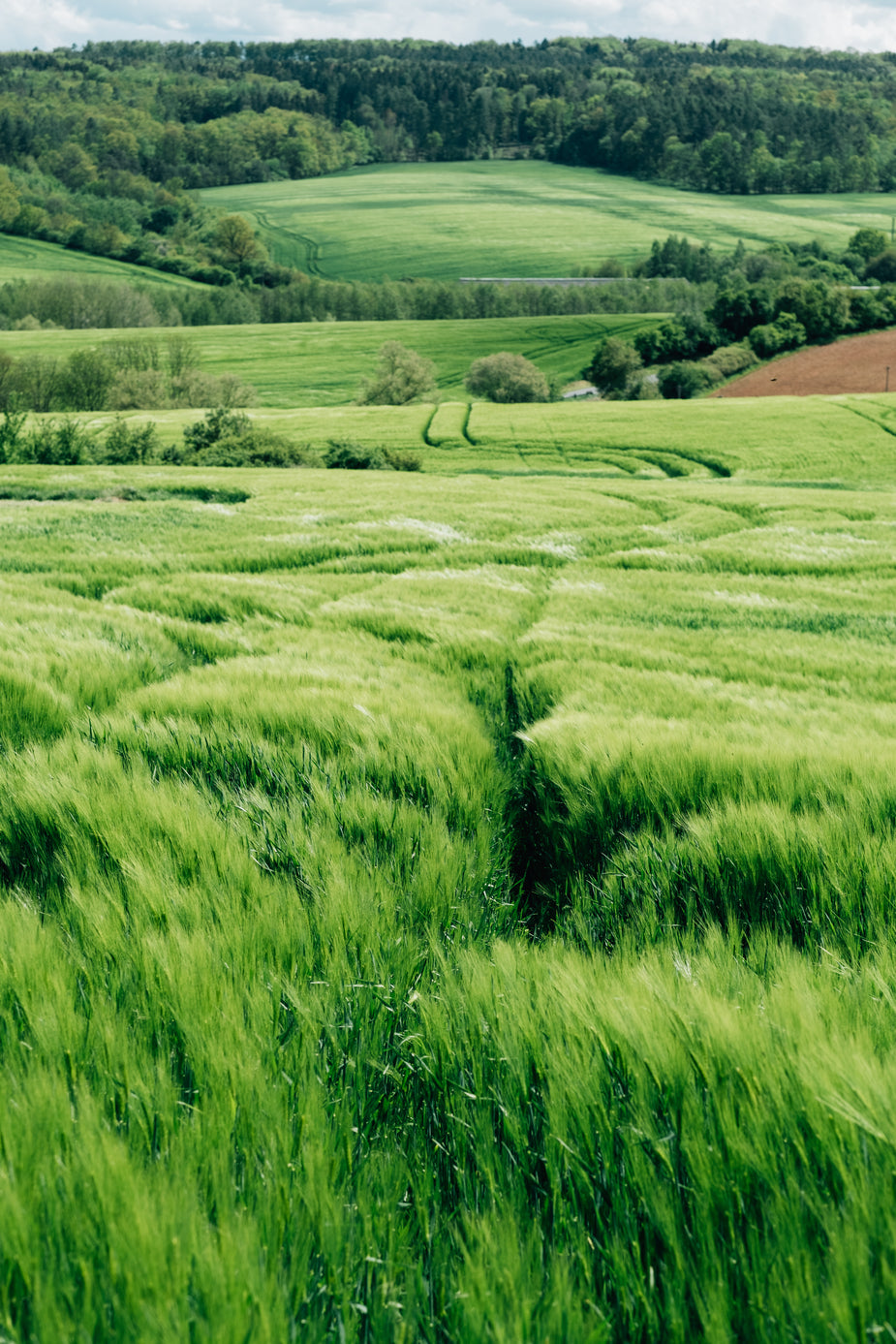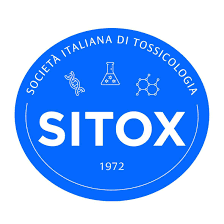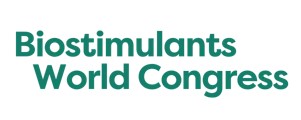
Biostimulants from circular economy
The New European Fertiliser Regulation(EU Regulation 2019/1009), getting in force on July 16th, 2022, also applies to biostimulants, introducing an important novelty for this kind of products, including a precise definition of them: “Biostimulant is any product stimulating plant nutritional processes regardless of its nutrient content, with the sole purpose of improving one or more of the following plant or plant rhizosphere characteristics: nutrient use efficiency; abiotic stress tolerance; quality characteristics; availability of nutrients confined in the soil or rhizosphere”.
The Regulation also classifies biostimulants into microbial and non-microbial. To the second group belong biostimulants containing silicon (inorganic) or organic materials such as humic extracts, protein hydrolysates and algae and plant extracts.
These are organic matrices that can often derive from the reuse of by-products of various origins, suitably treated, thus generating circular economies that contribute to increasing sustainability in agriculture and consequently the adaptation to the Farm to Fork, the 10-year plan set up by the European Commission to guide the transition towards a fair, healthy and environmentally friendly food system.
Biotecnologie BT has recognised experience in carrying out analyses for the research and quantification of pathogenic and non-pathogenic microorganisms in biostimulants and, more generally, has expertise and analytical equipment for the chemical-physical characterisation of agro-industrial by-products that can potentially be used in the formulation of biostimulants, as well as for the assessment of their compliance with law requirements.


 English
English Italian
Italian


